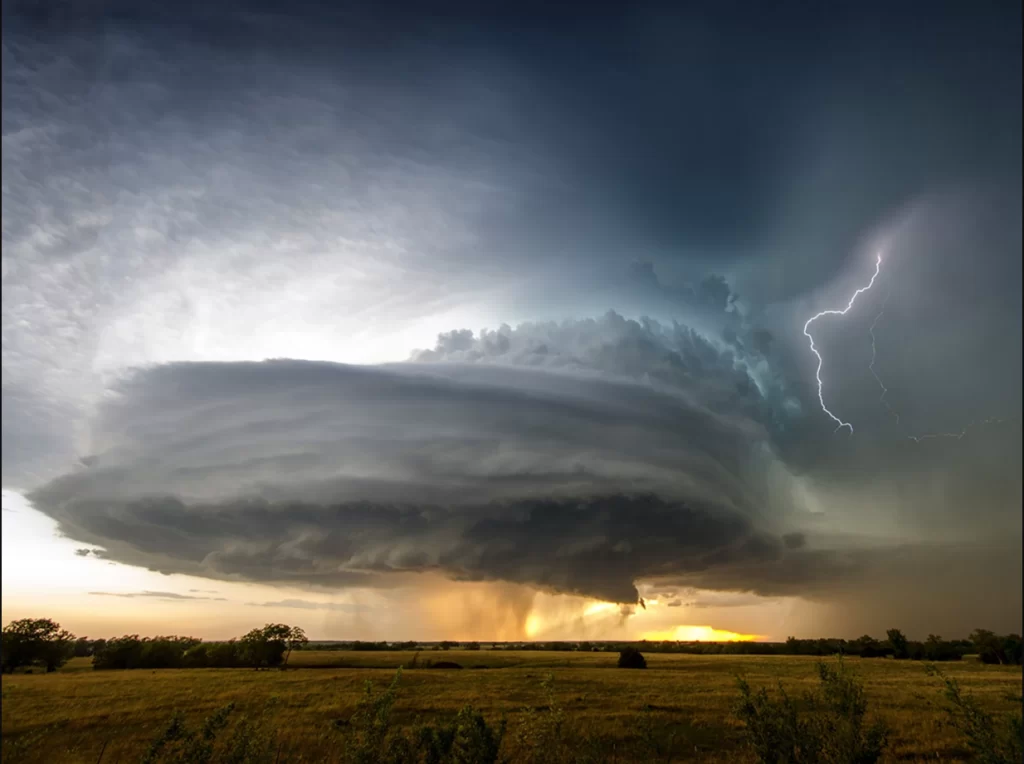
A tornado is a violent and destructive atmospheric phenomenon characterized by a twisting, funnel-shaped cloud descending from a thunderstorm to the ground. Tornadoes are also often referred to as twisters or cyclones, although the latter term can sometimes be confused with tropical cyclones or hurricanes.
“EMPOWERING STRATEGIES FOR ECOLOGICAL BALANCE”
Key characteristics of tornadoes include:
- Funnel Cloud: Tornadoes typically begin as a funnel cloud, which is a rotating, narrow column of air extending from the base of a thunderstorm cloud to the ground. The funnel cloud is often not visible until it picks up dust and debris, making it more apparent.
- Rotation: Tornadoes are defined by their strong and rotating winds. The rotation can be counterclockwise (anticyclonic) or, more commonly, clockwise (cyclonic) in the Northern Hemisphere and the opposite direction in the Southern Hemisphere.
- Destructive Force: Tornadoes can have extremely high wind speeds, ranging from less than 100 mph to well over 200 mph (160-320 km/h). These powerful winds can cause significant damage to structures, vehicles, and the landscape they pass over.
- Tornado Paths: Tornadoes follow a relatively narrow and erratic path, and their lifespan can range from just a few seconds to several hours. The width of a tornado’s path can vary widely, with some being only a few yards across, while others can be more than a mile wide.
- Enhanced Fujita Scale (EF Scale): Tornadoes are classified on the Enhanced Fujita (EF) Scale, which rates their intensity based on the damage they cause. The scale ranges from EF0 (weakest) to EF5 (strongest), with corresponding estimates of wind speeds and potential damage.
Countries most affected by the Tornado
Tornadoes primarily occur in the central United States, a region often referred to as “Tornado Alley,” due to its high frequency of tornadoes. The United States experiences more tornadoes than any other country in the world. Within the United States, the states of Oklahoma, Kansas, and Texas are particularly susceptible to tornadoes.
While tornadoes are most common in the United States, they can and do occur in other parts of the world as well, albeit with less frequency and generally lower intensity. Some other countries where tornadoes can occur include:
- Canada: Canada experiences a significant number of tornadoes, especially in the provinces of Alberta, Saskatchewan, Manitoba, and Ontario.
- Bangladesh: Tornadoes, locally known as “nor’westers,” can affect Bangladesh during the spring and fall, particularly in the northern and central regions.
- Argentina: The Pampas region in central Argentina is prone to tornadoes, especially during the spring and summer.
- Australia: Tornadoes are relatively common in Australia, with the eastern states, such as Queensland and New South Wales, being more tornado-prone.
- South Africa: Tornadoes are not uncommon in South Africa, mainly in the eastern and northeastern parts of the country.
- New Zealand: Tornadoes can occasionally occur in New Zealand, particularly in the North Island.
It’s important to note that while tornadoes can occur in these countries, they are generally less frequent and often less intense compared to the tornadoes that are common in the central United States. Tornadoes can be devastating natural disasters, so understanding local risks and preparedness measures is essential in tornado-prone regions around the world.
Impact of Tornadoes
Tornadoes can be extremely destructive natural phenomena, and their impact varies depending on their size, intensity, and the areas they affect. The destructiveness of a tornado is primarily determined by factors like wind speed, path width, duration, and the density of structures and population in the affected area. Here are some of the ways in which tornadoes can be destructive:
- Structural Damage: Tornadoes can level houses, commercial buildings, and other structures, particularly if they are of lower quality construction. Even well-built buildings can sustain severe damage, including loss of roofs and exterior walls.
- Debris Hurling: Tornadoes pick up debris from the ground and can turn everyday items into deadly projectiles. Flying debris can cause additional damage and pose a significant risk to people and animals.
- Uprooted Trees and Power Lines: Tornadoes can uproot large trees and topple power lines, leading to disruptions in transportation and communication networks. Fallen power lines can also pose electrocution hazards.
- Vehicles: Tornadoes can toss vehicles through the air, causing not only damage to the vehicles themselves but also posing a serious threat to the occupants.
- Injury and Loss of Life: Tornadoes can result in injuries and fatalities, especially when people are caught in the open or in structures that are not adequately fortified.
- Economic Impact: The destruction caused by tornadoes can lead to significant economic losses, including the cost of rebuilding and recovery efforts.
- Emotional and Psychological Impact: Tornadoes can leave survivors with long-lasting emotional trauma, especially if they have lost loved ones or their homes.
Tornadoes are categorized on the Enhanced Fujita (EF) Scale, which ranks them from EF0 (weakest) to EF5 (strongest) based on the damage they cause. An EF5 tornado is the most powerful and can have wind speeds exceeding 200 mph, resulting in catastrophic damage.
Precaution and safety during tornadoes

It’s crucial to take tornado warnings and watches seriously, seek shelter in a safe location, and be prepared with a tornado emergency plan if you live in an area prone to tornadoes. Tornadoes remain a significant natural disaster that demands respect and preparedness to minimize their destructive impact.
Dominate Domain: Crafting Your Perfect WooCommerce Web Address
Taking precautions and knowing how to stay safe during a tornado is essential, as tornadoes can strike with little warning and have the potential to be highly destructive. Here are some safety tips and precautions to consider:
Before a Tornado:
- Stay Informed: Keep a weather radio, a NOAA Weather App, or a reliable source of weather information on hand to stay updated on tornado watches and warnings.
- Have a Plan: Create a tornado emergency plan for you and your family, designating a safe meeting place and discussing what to do in case of a tornado.
- Emergency Kit: Assemble an emergency kit with essential supplies, including non-perishable food, water, a flashlight, batteries, a first-aid kit, and any necessary medications.
- Secure Your Home: Identify and reinforce a safe place in your home, such as a basement or an interior room on the lowest floor. Make sure it is free from windows and debris. Secure outdoor items that could become projectiles.
During a Tornado Warning:
- Seek Shelter: If a tornado warning is issued, seek shelter immediately. Do not wait until you see the tornado.
- Go to the Lowest Floor: If you have a basement, go there. If not, go to the lowest level of your home, ideally in an interior room or a small, windowless space, like a closet or bathroom.
- Cover Up: Protect yourself from flying debris by covering up with a mattress or heavy blankets. Wear a bicycle helmet for extra head protection.
- Stay Informed: Continue to monitor weather updates to know when it’s safe to come out of your shelter.
After a Tornado:
- Wait for the All-Clear: Do not leave your shelter until you receive an official all-clear signal or updated weather information indicating that the tornado threat has passed.
- Watch Out for Hazards: Be cautious when exiting your shelter, as there may be debris and hazards around. Check for gas leaks and structural damage before re-entering your home.
- Assist Others: If it’s safe to do so, provide assistance to neighbours or others who may need help.
- Stay Informed: Continue to monitor local news or weather updates for information about the aftermath and any further instructions.
- Document Damage: If your property is damaged, take photographs for insurance purposes, but avoid touching downed power lines or entering unstable structures.
Remember that safety is the top priority during a tornado. Do not underestimate the destructive power of these storms. It’s essential to be well-prepared and to have a plan in place to protect yourself and your loved ones in the event of a tornado.

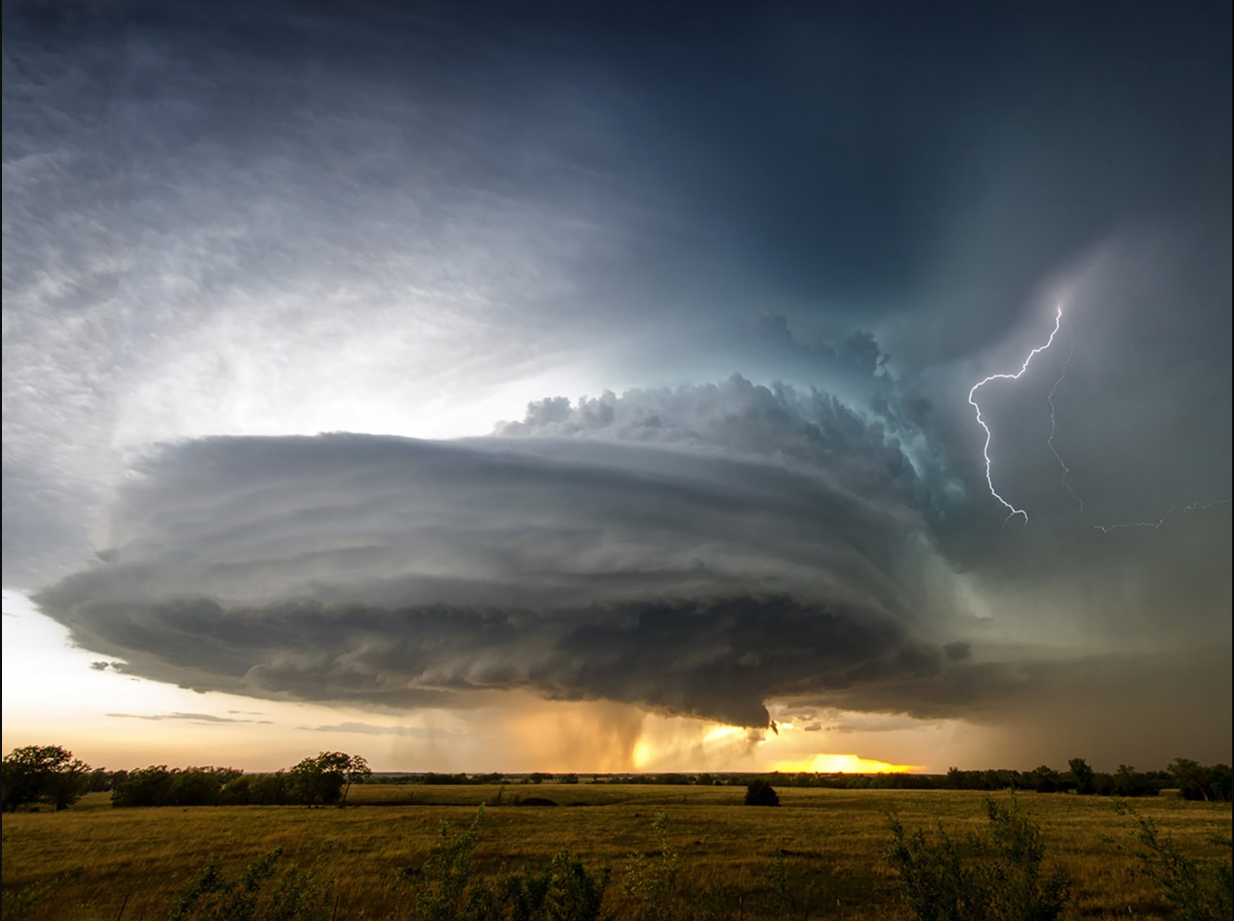
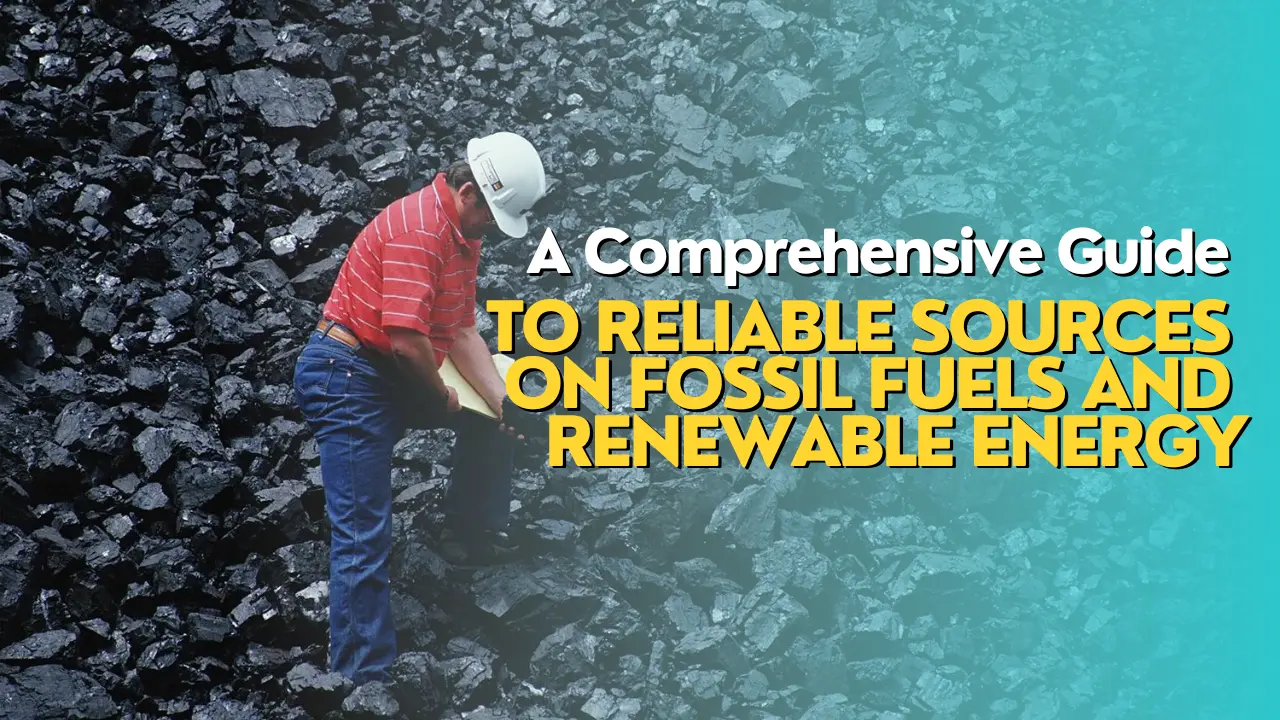

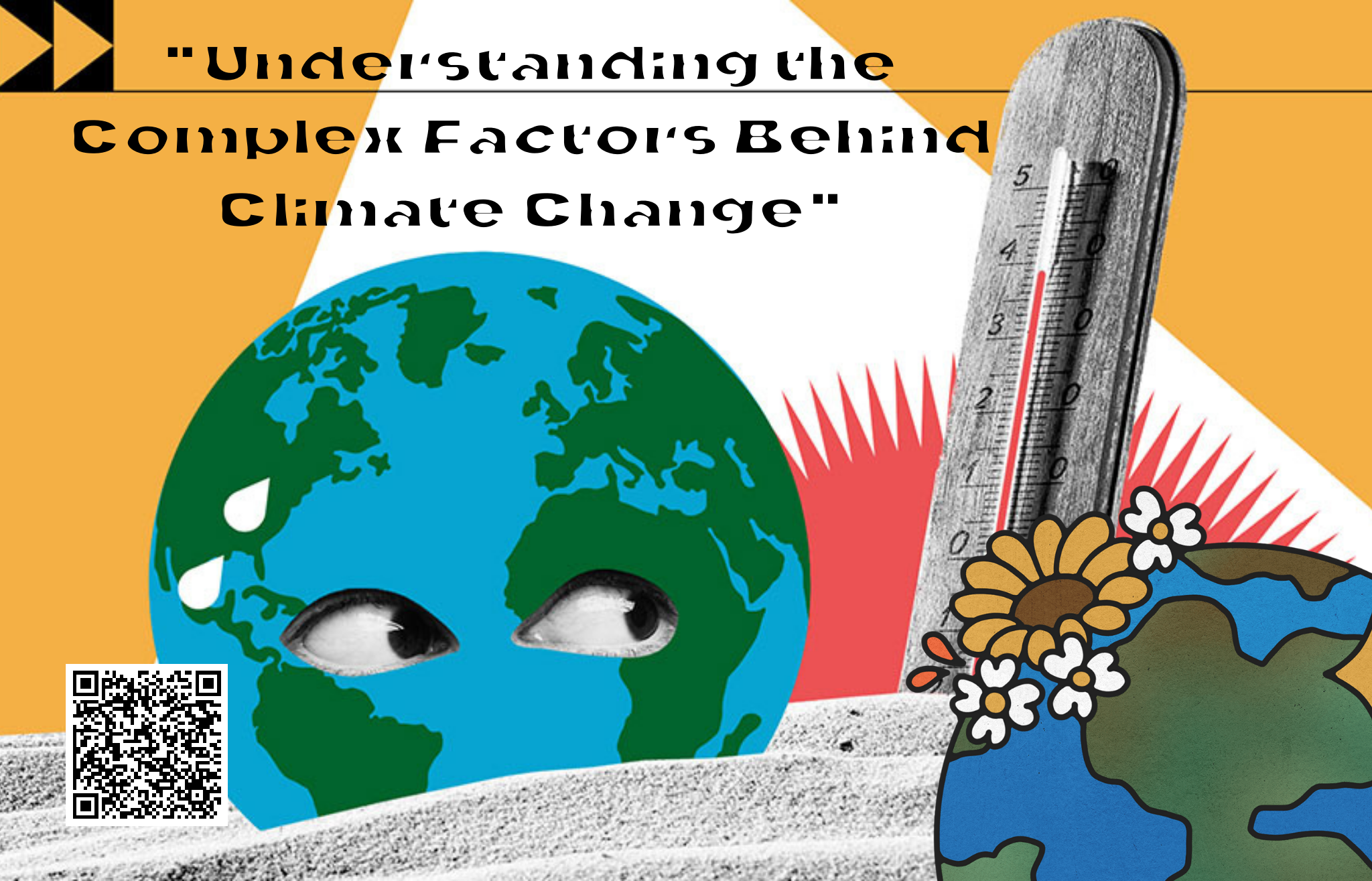
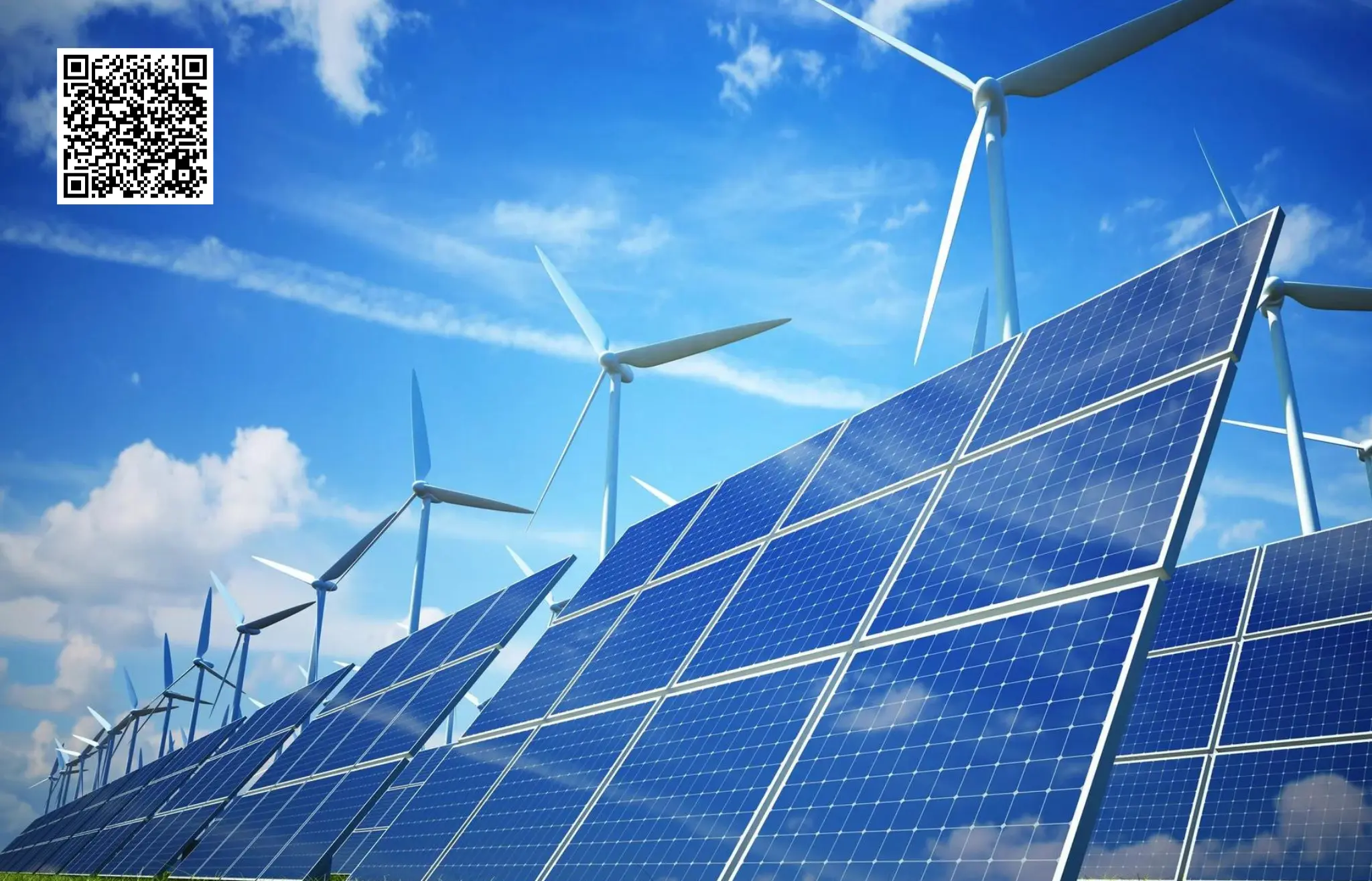
I savour, result in I discovered just what I was taking a look for. You have ended my four day lengthy hunt! God Bless you man. Have a nice day. Bye